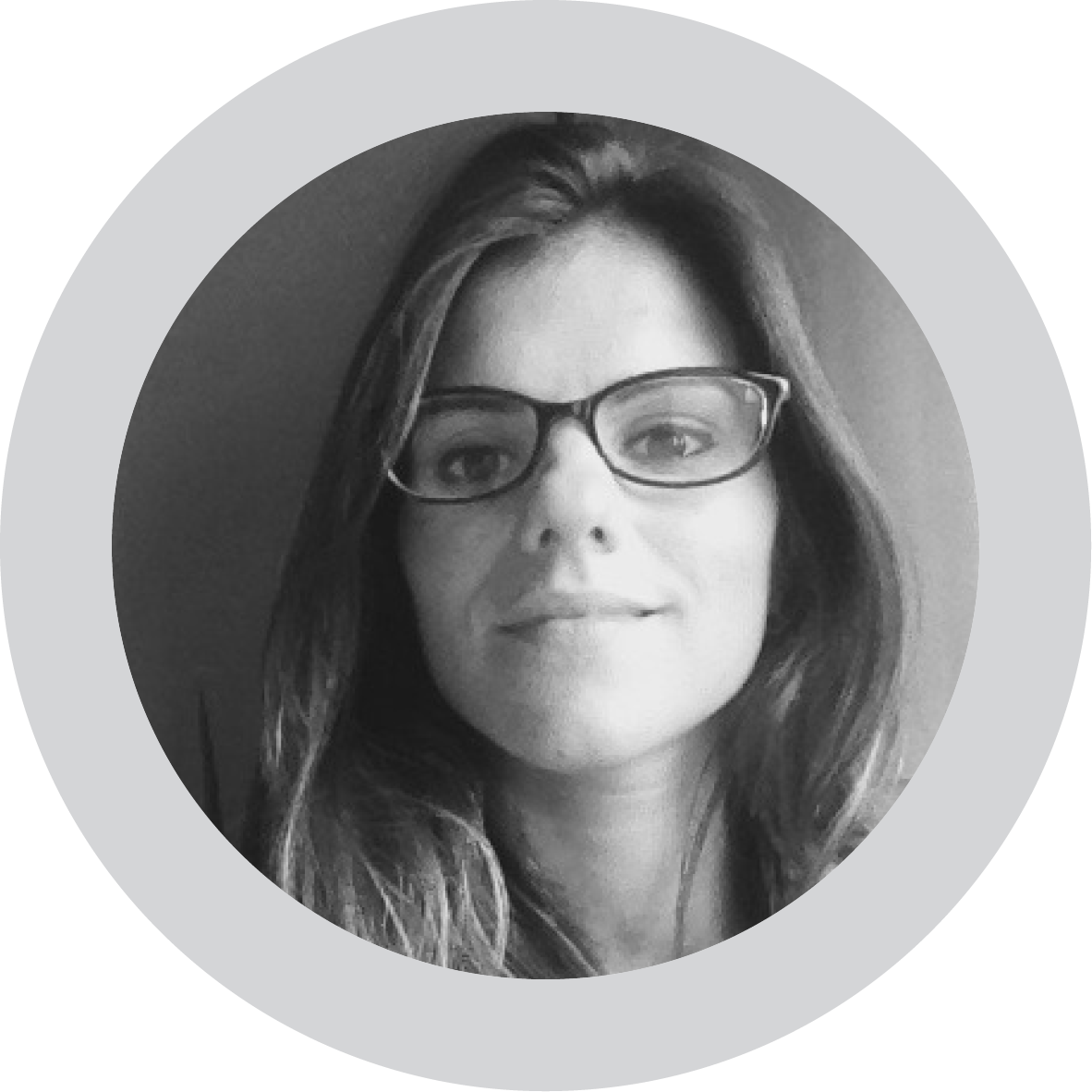European Space Agency (ESA) astronaut Andreas Mogensen is currently conducting sleep research on the International Space Station (ISS) in a mission called “Huginn”. The aim is to understand more about Circadian light and sleep in orbit.
It is fairly known today that the blue light emitted by phone screens can interfere with your body’s production of melatonin, a hormone that regulates sleep, making it harder to fall asleep and reduce the quality of your sleep. In a post published by ESA on X, the space agency urged humans not to look at their phones before going to bed as it can interfere with the Circadian rhythm.
Circadian rhythm describes the physical, mental and behavioural changes our bodies undergo over a period of about 24 hours, affecting most living beings, including animals, plants, and microbes.
“Astronauts on the Space Station do a full circle of Earth every 90 minutes and experience 16 sunsets and sunrises every day. With this unearthly routine, astronauts can struggle to find a natural daily rhythm in space. The Space Station follows Greenwich Mean Time (GMT), which helps keep a consistent schedule, along with regular wake-up and bedtime routines,” said the ESA press release.
Given the different environment up on the ISS, Circadian rhythms are distorted and astronauts tend to suffer from insomnia and inadequate and disrupted sleep. In order to avoid these dire consequences, Mogensen has been using a special light developed by SAGA Space Architects from Copenhagen, Denmark. It consists of a specialized lamp specifically engineered to support the circadian rhythm of astronauts in space.
“The lamp is synchronised to Andreas’s sleep schedule and change lighting throughout the day. The colours of the light have been carefully selected to mimic the natural light of day, which astronauts do not experience while on the International Space Station,” ESA explains in a press release.

Researchers from Aarhus University, Denmark, have developed a small in-ear measuring device that Andreas uses while sleeping on the ISS. Similar to in-ear headphones, the device will measure the electroencephalogram (EEG) of Andreas’s brain, allowing researchers to analyse his brain activity throughout the night to help understand the quality of his sleep.













